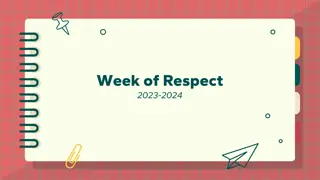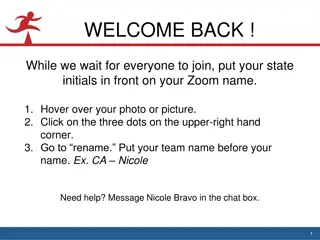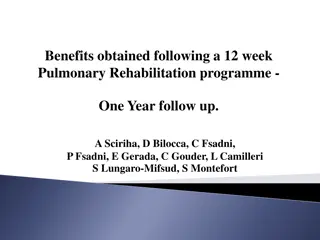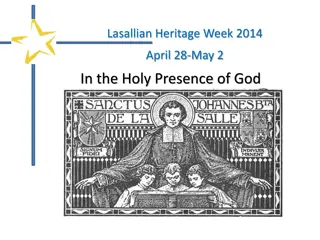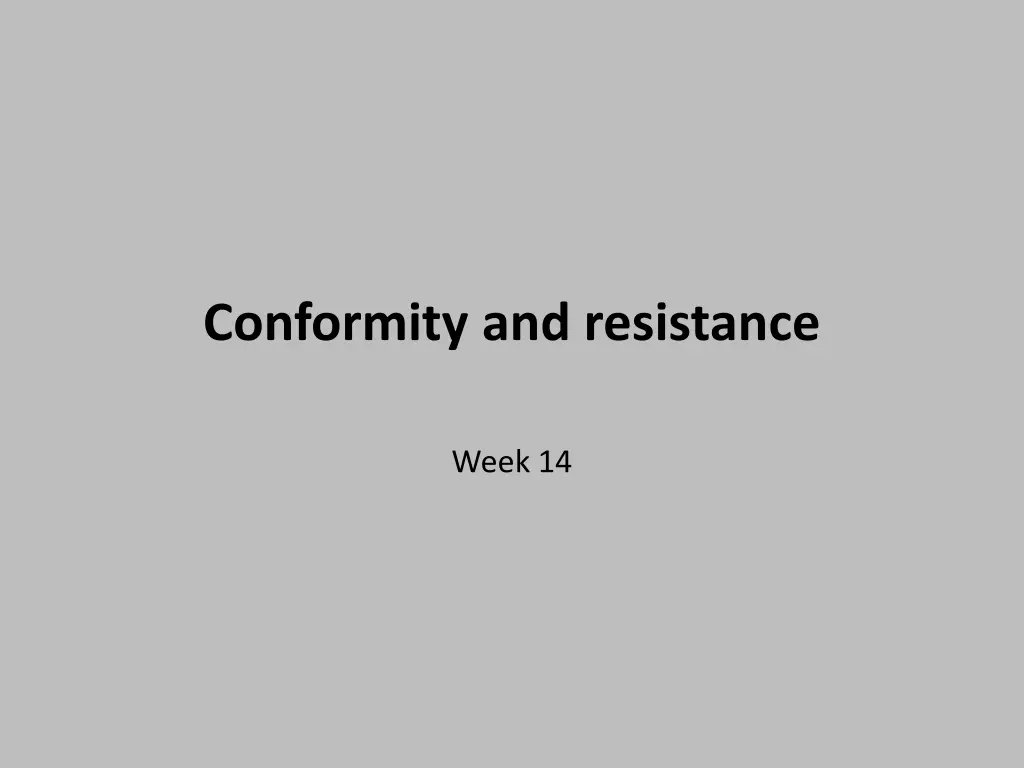
Nazi Regime: Conformity, Resistance, and Youth Influence
Explore the dynamics of conformity and resistance within the Nazi folk community, the influence of youth organizations, the organization of the Nazi police apparatus, and key figures like Ernst Rhm and Heinrich Himmler. Discover the oppressive nature of the regime and the efforts to control education, societal norms, and law enforcement.
Download Presentation

Please find below an Image/Link to download the presentation.
The content on the website is provided AS IS for your information and personal use only. It may not be sold, licensed, or shared on other websites without obtaining consent from the author. If you encounter any issues during the download, it is possible that the publisher has removed the file from their server.
You are allowed to download the files provided on this website for personal or commercial use, subject to the condition that they are used lawfully. All files are the property of their respective owners.
The content on the website is provided AS IS for your information and personal use only. It may not be sold, licensed, or shared on other websites without obtaining consent from the author.
E N D
Presentation Transcript
Conformity and resistance Week 14
Folk community I have been expelled from the folk community
The Nazi folk community More a notion than a reality Idea of an equal community of racial comrades Everyone s participation Participatory violence Equality defined racially and socially Strong gender components; state interfering with family and private sphere Based on exclusion of those who did not fit in racially and biologically ( non-Aryans, asocials, homosexuals, those sexually deviant, criminals, hereditary ill) Eugenics and later annihilation
Youth for the Fhrer Co-ordination of education system Politically unreliable teachers sacked. Curriculum brought into line with Nazi ideology. Youth Organizations: Deutsches Jungvolk (German Young People, DJ) Boys aged 10-14. Hitler Jugend (Hitler Youth) Boys aged 14-18. Jungm delbund (League of Young Girls) Girls aged 10-14. Bund Deutscher M del (League of German Girls, BDM) Girls aged 14- 18.
Ernst Rhm, 1887-1934 With Himmler and Daluege, 1933
Organization of the Nazi Police Apparatus (simplified) Heinrich Himmler Reichsf hrer SS and Chief of Police Ordnungspolizei (order police) Municipal police Sipo SD SS Security Police (Heydrich) Security Service (Heydrich) Kripo Gestapo Foreign intelligence Domestic intelligence Leibstandarte Waffen SS Totenkopfverb nde Criminal Police Secret state police
File:Bundesarchiv Bild 146-1969-054-16, Reinhard Heydrich.jpg Reichsf hrer-SS Heinrich Himmler (1900-1945) SS-Obergruppenf hrer Reinhard Heydrich (1904-1942)
Headquarters of the RSHA and the Gestapo Today the site of the Topography of Terror
Resistance I want you to know: there were no nameless heroes; it was people, who had names, faces, longing, and hopes, and therefore the pain of even the smallest among them was no lesser than of the first among those whose name we know. I want that they always stay close to you, as friends, as relatives, as yourselves. Julius Fu k from prison, 1943
Else and Otto Hampel, executed April 1943
Foreign relations At first calming other countries, pact with Poland Failed coup in Austria in 1934, turning the country into autocracy Saarland (1935), Rhineland (1936) Rapprochement with Italy: conflict in Ethiopia and Spain Berlin-Rome Axis, 1936: closing ranks with Mussolini Hossbach memorandum, Nov 1937 Japan becomes ally in 1937 Austria annexed in March 1938 Appeasement: Czechoslovakia broken up Sep 38, occupied March 39 Molotov-Ribbentrop pact, August 39 Attack on Poland and beginning of WWII, Sep 1, 1939 Operation Barbarossa: attack on the Soviet Union, June 1941




